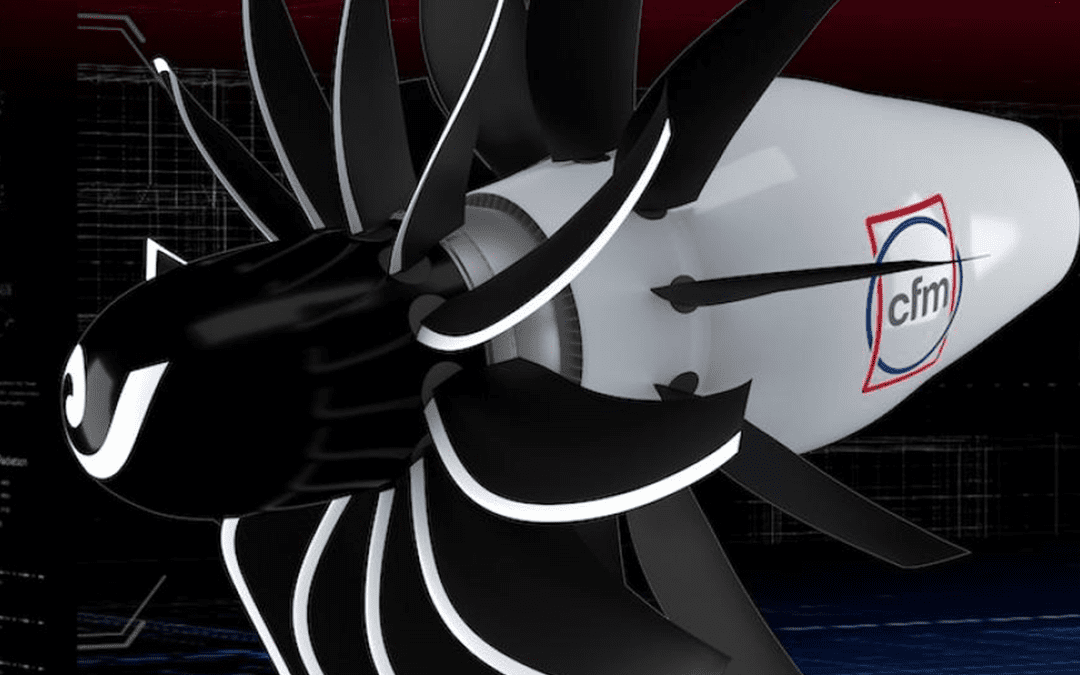Scott Gulledge distinctly remembers his first day of work at GE Aviation in Durham, North Carolina. He was part of the initial team of employees when the doors opened in 1993 to build and assemble GE Aviation’s GE90 engine, the most powerful jet engine in the world.
Gulledge recalls that he took the job for the variety of work offered and the unique ‘self-directed teaming’ culture he learned about during the interview process. Twenty-five years later, the engine assembly and test technician, explains that the job has evolved into more than he ever imagined.
“I build engines the first two hours I’m here and then I am in a Human Resources meeting the next two hours. There are not many places that front-line technicians as myself would ever be involved in such a tremendous variety of work,” he says.
The Durham facility started with 20 employees and focused on one engine model. Over the last 25 years, the site has supported more than 10 engine models. Today, GE Aviation Durham has grown to more than 380 employees who focus on the GE9X, GE90, GEnx and LEAP engines, delivering more than 1,700 engine units a year. That’s more than 30 units a week; the most per year among GE Aviation’s commercial engine assembly facilities around the world.
And there’s more to come. The facility is on track to continue to increase its production rates over the next several years to keep up with the demand of the LEAP engine. The GE Aviation Lafayette, Indiana, facility is also focused on increasing its production rates to meet the demand of LEAP orders. The LEAP engine is a product of CFM International, a 50/50 joint company between GE and Safran Aircraft Engines. This engine has experienced the fastest order ramp up in commercial aviation history.
Durham assembly and test technician Margaret Knott is in awe of how smoothly the teams operate.
“The coolest thing is watching our teams think through challenges. We have great problem solvers,” she says.
The Durham plant leader, Tom Bradley, says the facility thrives on the self-directed teaming and multiskilling.
“It’s our competitive advantage, our culture, our way of life,” says Bradley. “The technicians of Durham are constantly empowered, trusted, and counted on to tackle any issue and challenge their teammates to always improve,” says Bradley.
“The amazing part is that we have been able to maintain this whole team and culture. This speaks a lot to the early foundation that was laid down 25 years ago,” says Gulledge.
A mobile phone digital alert system notifies the plant leader (and any other employee who subscribes) when an engine is complete.
“When I receive that notification, I feel thankful that I have this type of team that can complete that type of task. I am excited we are one step closer to meeting the goals of the week and the quarter. I am very thankful,” says Bradley.
Alex Benz, assembly and test technician, is energized by the impact he is making within his community and around the world with each completed unit.
“It’s a good feeling,” Benz says. “It’s good to know that the engines we built a month ago might be flying on the other side of the world right now and flying our families, even ourselves.”
Durham timeline
- 1994: First engine, a CF6-80C2, shipped. The same year, the first GE90 engine shipped.
- 1999: First CFM56 & CF34 engine shipped.
- 2002: First GE90-115B, shipped.
- 2004: First GP7200 engine core shipped.
- 2007: First GEnx engine shipped.
- 2009: 1,000th GE90 shipped.
- 2010: GE Aviation invests $8 million in plant improvements and equipment.
- 2015: First LEAP 1A Core shipped, First LEAP 1B shipped, First Passport 20 shipped
- 2017: Making more room for LEAP and GE9X
- 2018: First GE9X shipped, expanding LEAP
The Durham site was originally constructed in 1972 for GE Energy Steam Turbines. It is one of four GE Aviation facilities across North Carolina. GE Aviation employs more than 1,500 people across the state.





